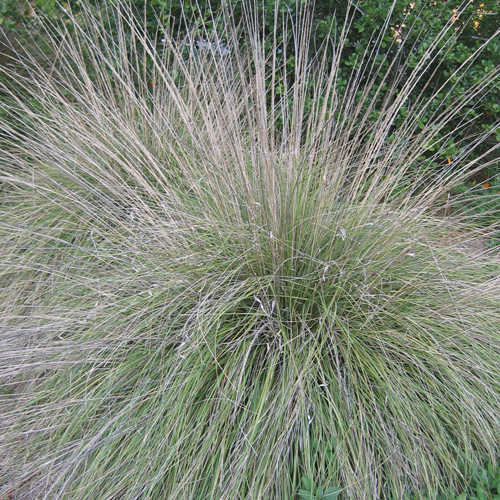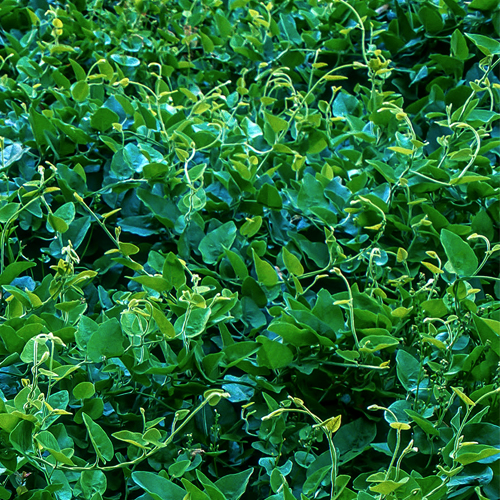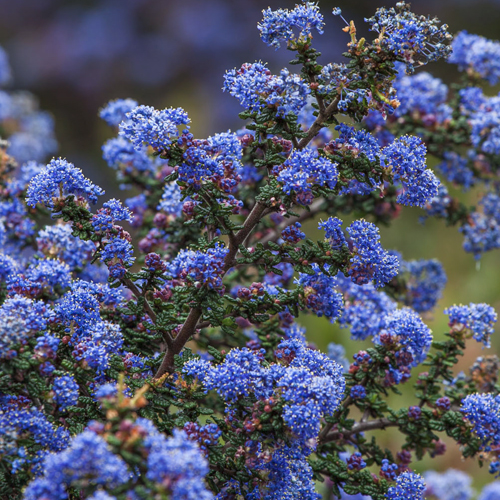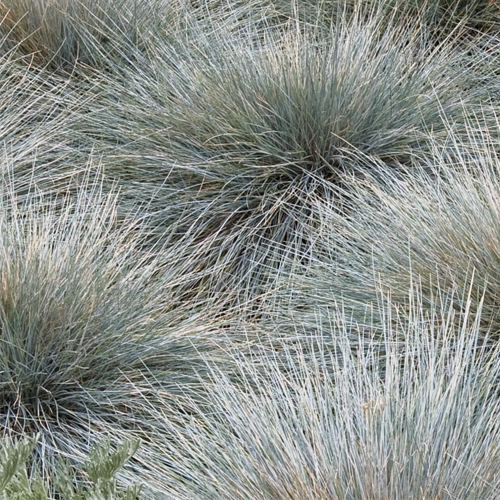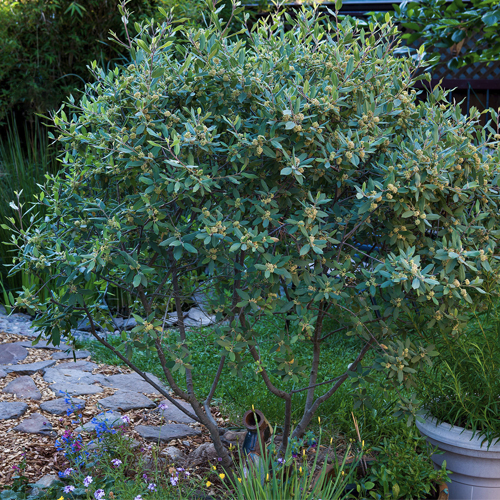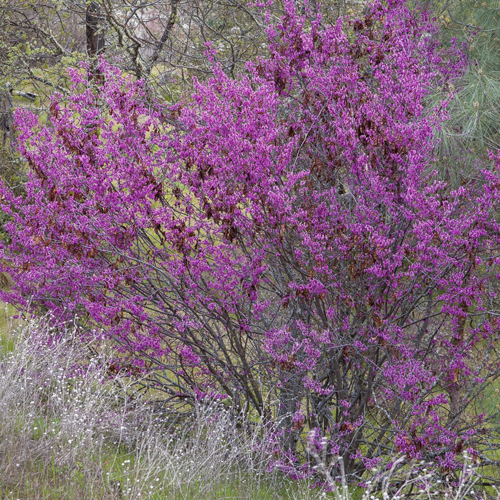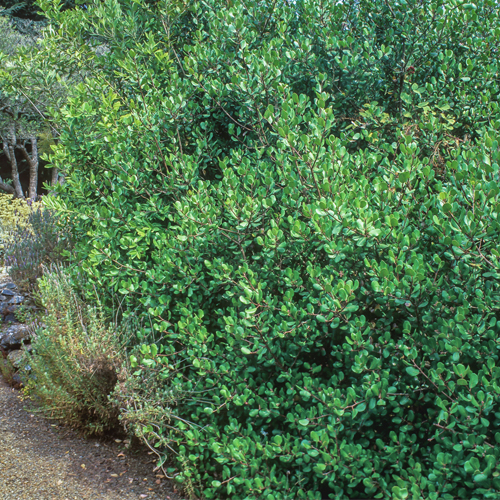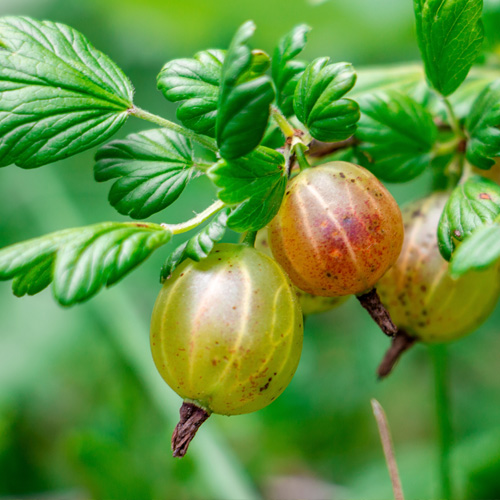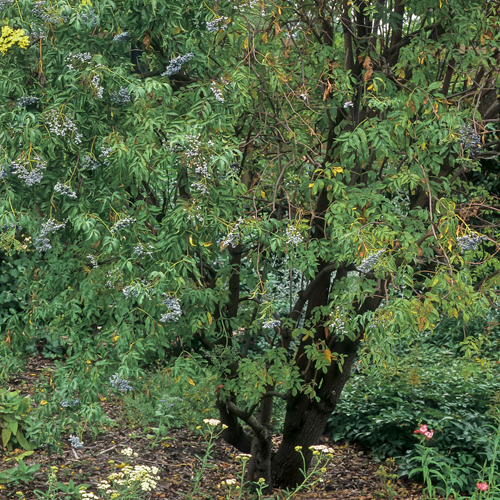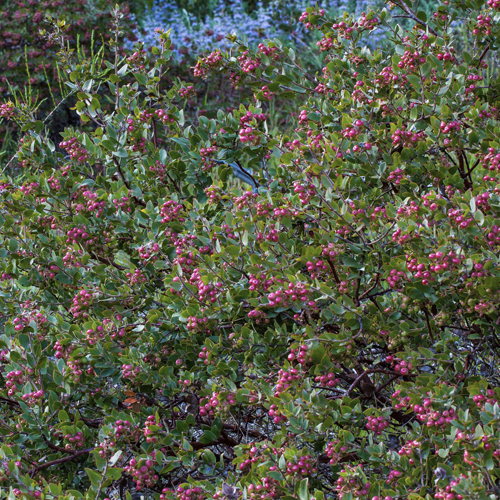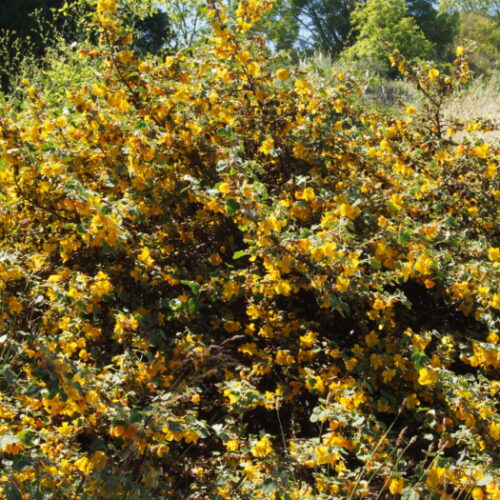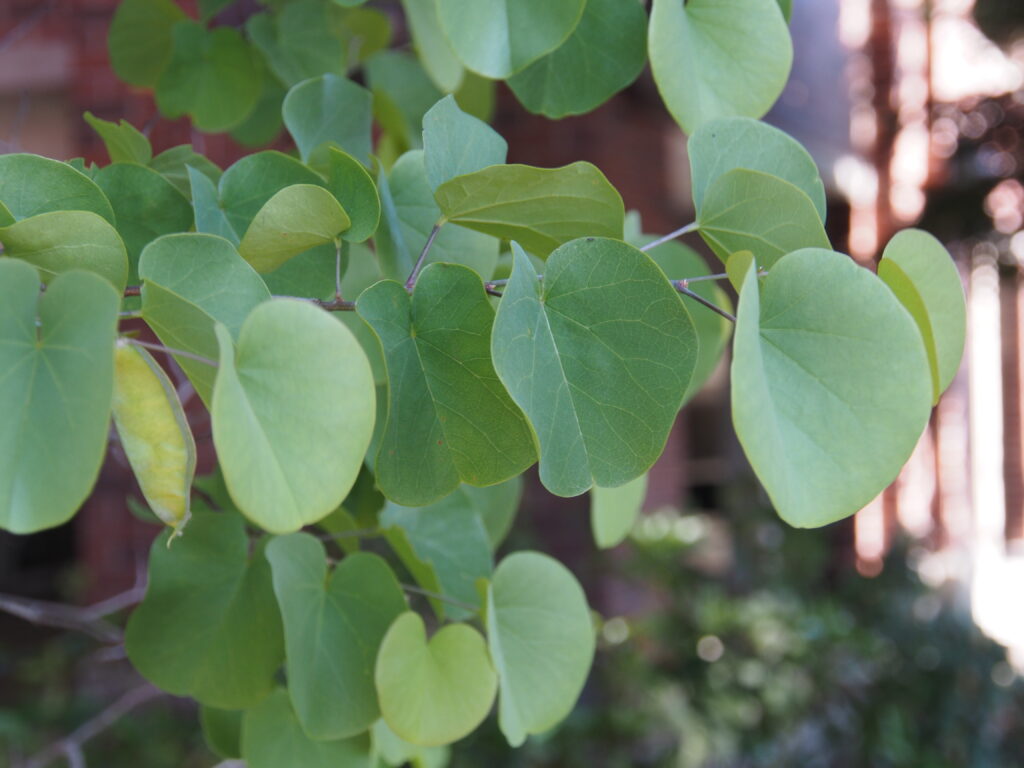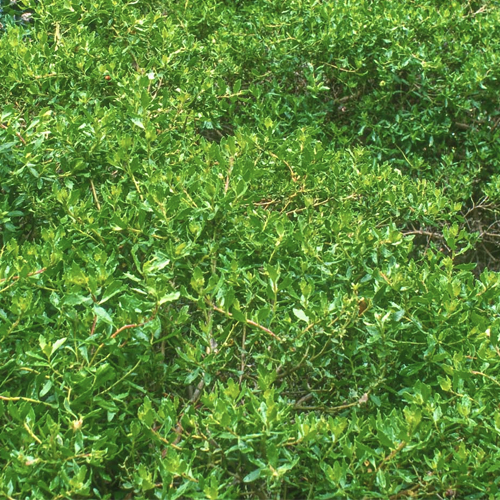Planting for the Future
BACK TO FULL TOUR
Garden Features
Drought Tolerant
Edible Garden
California Natives
Deer Resistant
Drip Irrigation
Pesticide Free
Rainwater Harvesting System
Reclaimed/Recycled Materials
Sheet Mulching
Smart Irrigation Controller
Lawn-Free Landscaping
Permeable Surfaces
Wildlife Habitat
Monarch Waystation
NWF Wildlife Habitat
Partner: Marin Water
Garden Development
The autumn of 2021 marked the beginning of a profound transformation on our property as we embarked on a comprehensive garden overhaul. Driven by a deep-seated commitment to combat the biodiversity and climate crises, our mission was clear: to cultivate a landscape that not only sustains us but also provides a thriving sanctuary for wildlife to flourish. With a resolute stance against pesticides and synthetic fertilizers, our approach prioritized the integration of native, drought-tolerant plant and tree species, coupled with efficient irrigation practices.
Our journey commenced with a symbolic gesture, repurposing all our moving boxes to sheet mulch the front yard, reclaiming it from invasive non-native weeds. We then turned our attention to the removal of diseased or stunted fruit trees, repurposing their remnants as valuable mulch and garden borders. Focused on enhancing permeability, we embarked on the task of removing concrete and unearthing discarded pavers, replacing them with a rich blend of compost, mulch, and crushed stone.
Central to our efforts was the establishment of vermiculture and traditional compost systems, supplemented by additional compost to revitalize our soil’s health. However, the crowning moment of our journey came with the enlistment of Dan Dufficy from California Native Landscapes, whose expertise helped bring our vision to life. Together, we crafted a garden teeming with biodiversity, designed to serve as a haven for pollinators and wildlife while providing sustenance for both them and us.
As we look back on our journey, we are filled with a profound sense of accomplishment and hope. What began as a simple desire to do our part has blossomed into a thriving ecosystem, a testament to the transformative power of conscientious stewardship and a beacon of hope in the face of environmental challenges.
Garden Features
Over the past few years, we’ve added numerous native plant and tree species, including hosts to beneficial insects and food for pollinators, which deliver tremendous pest management and pollination benefits to our 12 fruit trees and variety of annual and perennial vegetable and berry plants and shrubs. Our front yard pathway and our backyard raised beds were designed and installed by CNL nursery. They incorporated locally sourced materials and salvaged pavers. Our efforts to attract wildlife to our property have been hugely successful, and we document observations on the i-Naturalist app. We have Bewick’s Wrens, Western Blue Birds, Eastern Gray Squirrels and bats, who are raising young in a collection of bird houses and a bat house. We also built a chicken coop and keep two beehives in the backyard. To further support biodiversity and positively influence neighbors, we certified our house as a monarch waystation and NWF wildlife habitat and joined the CA Native Plant Society, all of which is on display via front fence signage.
Water Use
Our commitment to water conservation is at the heart of our gardening ethos, particularly evident in our approach to nurturing California native plantings. Adhering to a disciplined watering schedule, we prioritize deep watering once per week during the summer months, gradually tapering off as the cooler seasons approach. This gradual reduction in watering over the first two years allows our native species to establish robust root systems, with the ultimate aim of becoming self-sufficient and requiring no supplemental water once established. Remarkably, some of our drought-tolerant species already thrive without any additional watering.
To capitalize on the rainwater during the wet season, we have installed two 205-gallon rain barrels, capturing rooftop stormwater to sustain our garden during dry spells. Leveraging the resources provided by Marin Water, we have implemented innovative solutions such as the Flume leak detection device and the Rachio smart irrigation controller, maximizing efficiency and minimizing water waste. In our raised vegetable beds and along our front pathway, drip lines ensure precise water delivery, optimizing moisture levels while conserving water. Beyond these measures, we remain vigilant in our efforts to steward this precious resource, recognizing that responsible water management is essential to the long-term health and vitality of our garden and our planet.

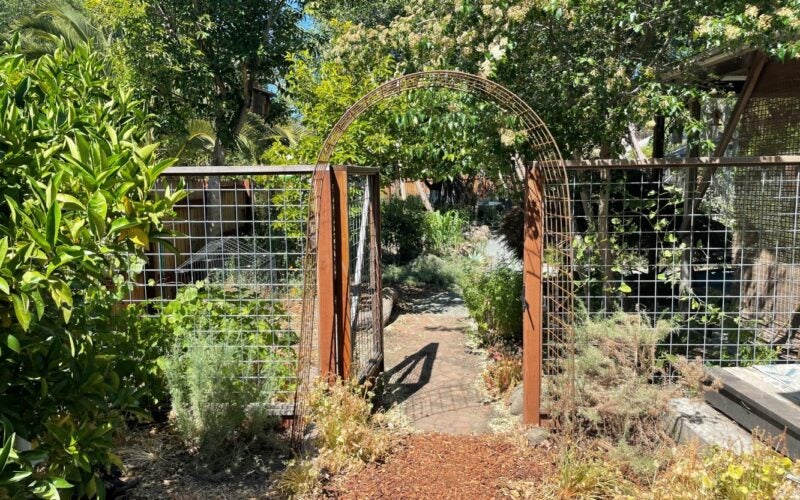
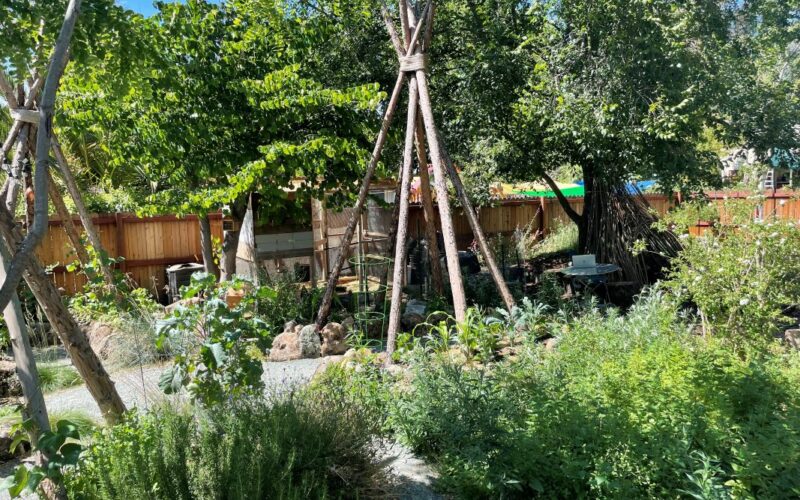


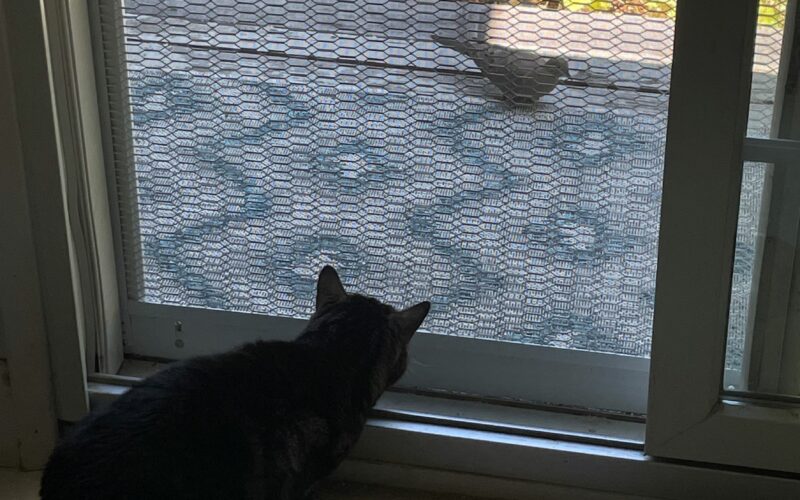
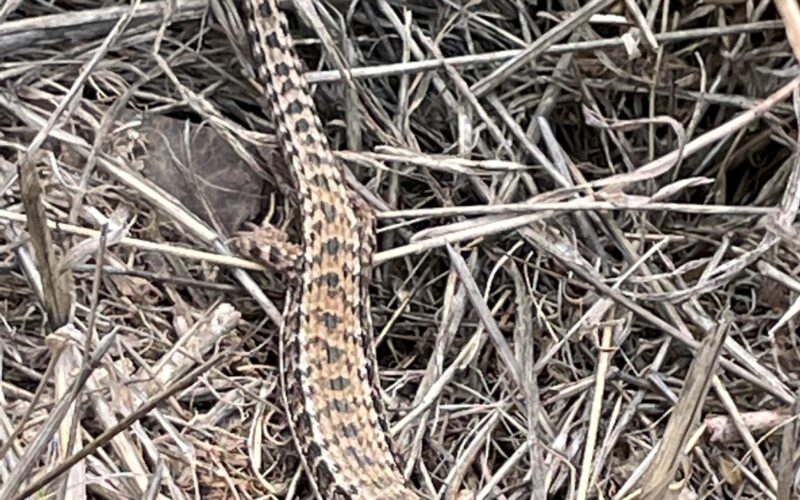
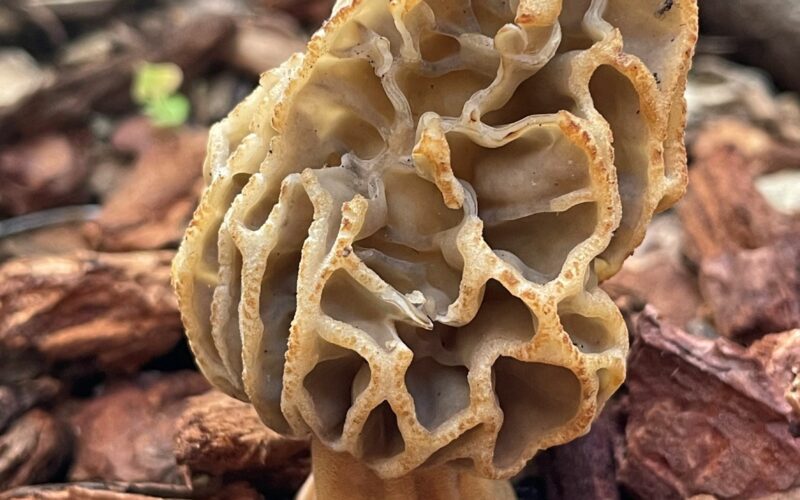

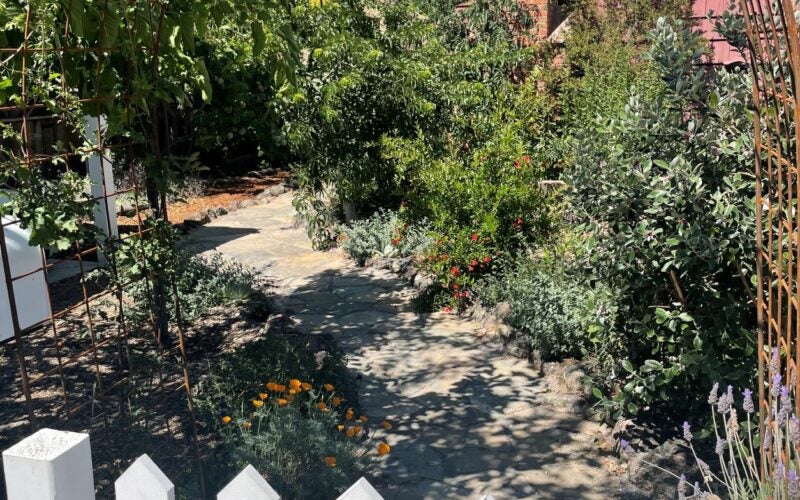
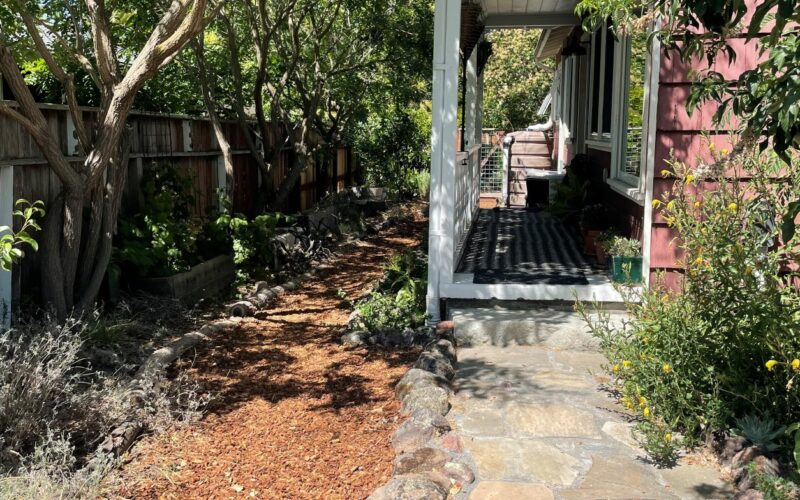
Plants in this Garden
Favorite Garden Suppliers
CNL Native Plant Nursery
254 Shoreline Highway Mill Valley
Oaktown Natives
254 Shoreline Highway Mill Valley
Recommended Resources
Golden Gate Gardening
Written by Pam PeirceCalscape
Calscape offers a database of plants native to California, along with details on their characteristics and habitat requirements. Additionally, it aims to promote the use of native plants in landscaping to support biodiversity and to conserve water.Cal Academy of Science's
For help identifying the living things in your garden and contributing to citizen science I recommend downloading Cal Academy of Science’s app I-Naturalist.Merlin Bird ID
For help identifying and tracking birds in your garden I recommend downloading the Merlin Bird ID and eBird apps.Gardening Tips
Research indigenous peoples of your area.
I highly recommend researching the indigenous peoples of your local area to discover the numerous plants they used for food, medicine, clothing, tools and ceremony.
